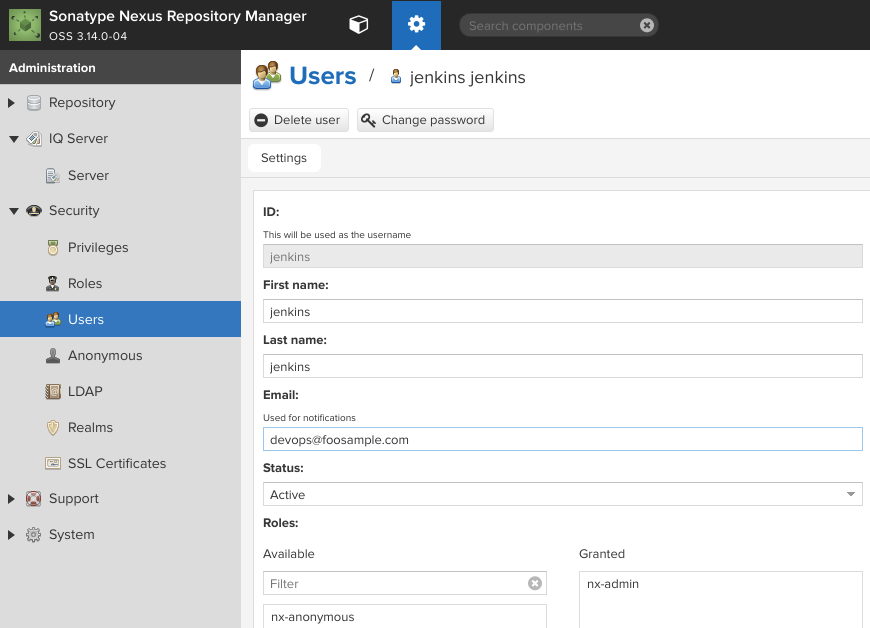

When you write a piece of software, you might depend on internal and external libraries. It is a server that stores and retrieves files, which we refer to as artifacts. You can think of a repository like you would think of a library. Internally, you configure your build to publish artifacts to Nexus, and they then become available to other developers. It makes it easy to distribute your software. Nexus allows you to proxy, collect, and manage your dependencies so that you are not continually juggling a collection of java archives. To do so, we need a place to store them and make them accessible to others. These artifacts can either be deployed in runtime environments or be reused in other software components. Automated build systems like Apache Maven or Gradle, ensuring dependency management, building and packaging of those artifacts. Artifacts are java archives (jar, war, ear) that have different purposes. The Java software development process produces artifacts. I will reduce the information to a high-level overview. The video is even used as part of military education programs to parody the real-life military concept that "no plan survives first contact." Knowledge of the video has spread beyond the game's community and into other online and mainstream media. The character became popular due to his role in a video which became an Internet meme.

Leeroy Jenkins is a character name for a player character created by Ben Schulz in Blizzard Entertainment's MMORPG World of Warcraft.

Providing such a crucial component, we must ensure that the setup is reproducible in terms of quality and time. We are going to introduce the Sonatype Nexus Repository Manager OSS, in the following Nexus, and its purpose in the software development/continuous integration process. You can either unpack the archive in a directory to which you have full access, or you can install it with a Docker image.In this article, we give a small introduction to a particular component of software development. Installing and running Nexus Repository is straight-forward. This section covers installing and upgrading Nexus Repository.


 0 kommentar(er)
0 kommentar(er)
